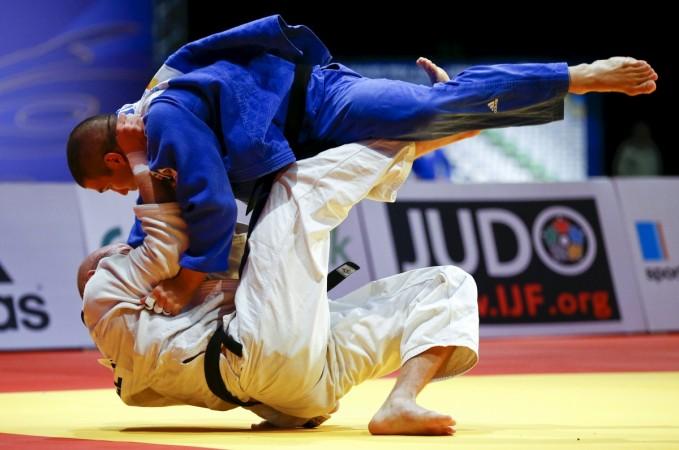
As the sports carnival Rio Olympics 2016 inches closer to the inauguration in Brazil, the doping scandal surrounding Russian athletes, which came into spotlight recently, is still making headlines.
According to reports, around 119 Russian athletes have been banned by the International Olympics Committee from participating in the Rio Olympics after a state-run doping programme from 2011 to 2015 was uncovered. The scheme tampered with drug test samples to shield positive test results of Russian athletes.
However, this is definitely not for the first time a particular sport has been linked with drugs and players have been banned. Call them drugs or performance enhancing substances, some of the most popular sportspersons in the sports history have been associated with doping.
While steroids, growth hormones and erythroproteins (EPOs) are some of the modern-day drugs athletes are consuming despite a severe risk to their lives, in the past the recommended substances used by the sportspersons varied from sheep testicles to even rat poison.
Not only does this sound gross but even life threatening. But all seems fair when it comes to passion for winning.
Athletes have been binging on cactus, fungi and everything that looks inedible to get a testosterone high or feel simply stimulated.
Then came the era when heroine and cocaine became the performance enhancing drugs.
A cyclist is reported to have died in 1886 after consuming a mixture of heroine and cocaine, as reported by AFP.
During the 1904 Olympics marathon, athlete Thomas Hicks was reported to have almost died after he had consumed a mix of rat poison and brandy.
In the 1930s, Wolverhampton Wanderers football club members in England were injected with monkey gland extract for the extra endurance.
"Doping has likely gone on forever. Doing a blood transfusion is something that has been going on for decades. We know exactly what they do. It's just very, very, very difficult to detect." Carsten Lundby, a sports drug expert at the University of Zurich's Institute of Physiology, noted an AFP report.
From hormone shots to blood transfusions to steroids, now EPOs "gene doping" is seen as the next big threat when it comes to doping.
The detection of drugs in blood and urine has, on the other hand, become all the more difficult with athletes now switching to smaller, regular micro doses of drugs that could even go undetected during tests.















